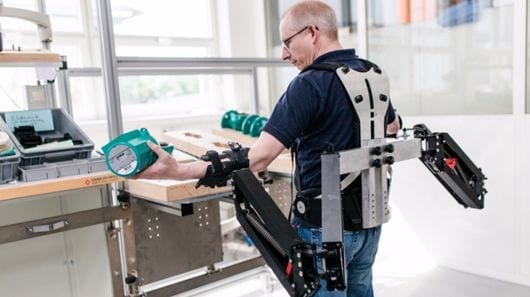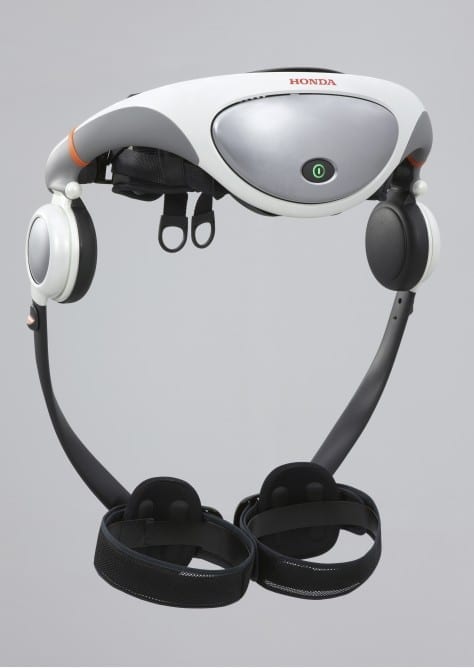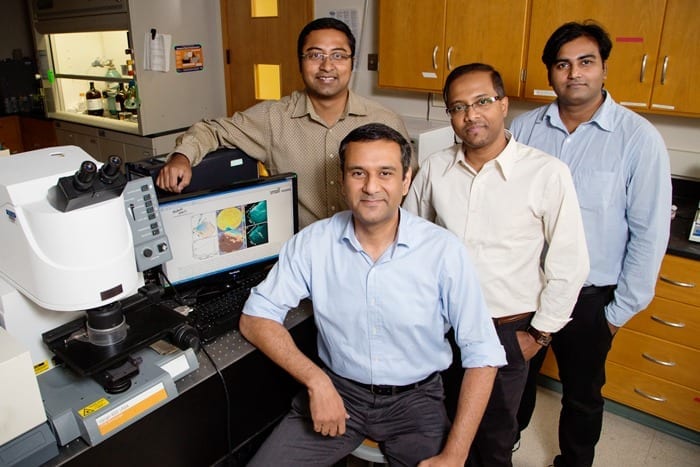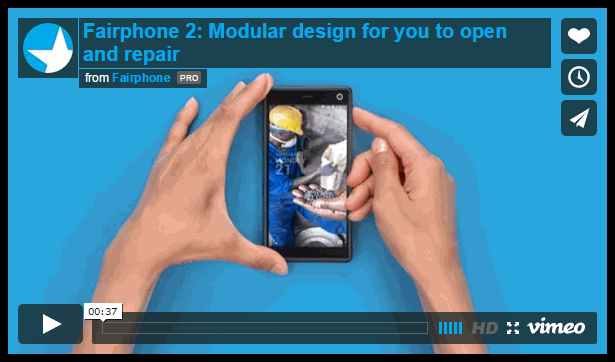
The development of powered exoskeletons has so far been largely restricted to the laboratory, the military, and areas such as rehabilitation therapy.
This kind of technology also has obvious potential in industry, where constant heavy lifting is still very much a part of many working lives. Recently in Stuttgart, the Robo-Mate project unveiled an exoskeleton designed specifically for industrial use that can make 10 kilos feel like 1.
One of the often overlooked benefits of modern technology is how much backbreaking labor workers are spared. It isn’t too long ago that even so-called high tech industries required an astonishing amount of lifting and carrying. Even plastics factory making small household items required as much manual labor as a metal works turning out petrol engines. Mechanisation and automation have done away with a lot of this, but according to the Work Foundation Alliance, 44 million workers in the EU alone still suffer from musculoskeletal disorders. In some industries, workers still lift 10 tonnes a day.
The reason why this still happens on a daily basis is that not every task lends itself to automation. Some involve making things on a very small scale or others involve complicated, unpredictable moves, like dismantling a car, that are well beyond even the most advanced robots. The result is human beings literally having to do the heavy lifting, with all the physical wear and tear that implies. It also has knock-on effects for employers trying to retain workers, health care systems, and even the ability of countries to keep jobs from going abroad.
obo-Mate project began in 2013 as a consortium of twelve research institutes and companies in seven European countries. The idea is to produce a powered exoskeleton that acts as a support frame that can reduce the physical workload for assembly and disassembly work by a factor of ten.
The Robo-Mate exoskeleton is made up of series of inter-supporting modules for the arms, trunk, and legs. The arm modules actively support the wearer’s arms, taking the load, so it feels only a tenth of its real weight. Attached to the arm modules is the trunk module, which supports the back and spine and prevents twisting or slipped discs. Meanwhile, the leg modules support the inner thighs and act like a seat while squatting, so holding the load requires no additional strength.
Read more: Robo-Mate exoskeleton aims to lighten the load for industry
The Latest on: Powered exoskeleton
[google_news title=”” keyword=”Powered exoskeleton” num_posts=”10″ blurb_length=”0″ show_thumb=”left”]
via Google News
The Latest on: Powered exoskeleton
- Wearable exoskeleton can turn you into superhuman athleteon May 2, 2024 at 3:00 am
The X1 exoskeleton is a motorized artificial intelligence-powered all-terrain device that straps to your waist and thighs for hiking climbing and running.
- Wearable exoskeleton can turn you into a superhuman athleteon May 1, 2024 at 12:12 pm
The X1 all-terrain exoskeleton is a lightweight, AI-enhanced gear that promises to elevate outdoor activities to superhuman levels.
- 'Fallout's Power Armor Explainedon May 1, 2024 at 9:30 am
The power armor is essential to Fallout, reflecting a stable of the sci-fi genre and playing a significant role in the franchise's video games.
- Western Launch Date Confirmed for Earth Defense Force 6on May 1, 2024 at 2:13 am
Western Launch Details for Earth Defense Force 6 Fans of the franchise within the West can expect Earth Defense Force 6 to release on PS4, PS5, and PC on July 25, 2024. The game’s initial debut was in ...
- Earth Defense Force 6 Gets Western Release Dateon May 1, 2024 at 2:03 am
D3 Publisher and Sandlot have announced the Earth Defense Force 6 Western release date on PS4 and PS5. Earth Defense Force 6 release date Earth Defense Force 6 will hit PS4, PS5, and PC in the West on ...
- 'Earth Defense Force 6' Comes To PlayStation And PC In July - Traileron May 1, 2024 at 12:33 am
Earth Defense Force 6 picks up three years after the events of Earth Defense Force 5 in the year 2027, delivering an adrenaline-pumping experience for veteran players and new fans alike looking to ...
- Earth Defense Force 6 launches July 25 in the weston April 30, 2024 at 9:16 pm
Earth Defense Force 6 will launch for PlayStation 5, PlayStation 4, and PC via Steam and Epic Games Store on July 25 in the west for $59.99, D3 Publisher and developer Sandlot announced.
- Quiz of The Week: 20 - 26 Aprilon April 26, 2024 at 3:48 am
From the US Senate paving the way for a ban on TikTok to warnings about a "cicada-geddon" featuring insect "sex zombies", the last seven days have been full of memorable stories.
- Netflix's official Atlas trailer puts Jennifer Lopez in another generic Terminator clone, but with Titanfall-like mechson April 24, 2024 at 8:29 am
In Atlas, Lopez is Atlas Shepherd, a genius data analyst who's trying to save the human race from a rogue AI – but when she crash lands on a hostile alien planet, she finds herself having to team up ...
- Do Exoskeleton ‘E-Legs' Boost Hiking Performance? Dnsys X1 System Reviewon April 22, 2024 at 8:54 am
The Dnsys x1 Exoskeleton system is an AI motorized hike assist harness that predicts the wearer's muscle movements and enhances power and endurance on the… The post Do Exoskeleton ‘E-Legs' Boost ...
via Bing News










